Youth Resource
Human Dignity: Racial Equality
The videos, articles, and suggested activities in this Classroom Resource explore the mixed role of the Christian church in promoting racial equality – and how biblical ideas of universal human dignity and equality speak powerfully against racism.
You may also want to include these segments from the For the Love of God documentary in this lesson – Slavery in Christian America and The Colonial Project – or get students to watch them before the class.
Videos
-
On where human rights come from
Rowan Williams describes the “long fuse” of Judaism and Christianity.
Transcript
There’s a bit of a problem sometimes these days in people talking about the relation between religion and human rights in general – a bit of an assumption by some religious groups that human rights are some kind of eighteenth-century invention and therefore “modern” and rather hostile to religious tradition.
In fact, I don’t think you’d begin to get any conception of human rights without some elements of the religious tradition behind it. Especially the Judeo-Christian tradition, where everybody is regarded as responsible for their actions, everyone is regarded as deserving of value and attention. And although Judaism and Christianity begin in the world where, for example, slavery is taken for granted, both of them have what I sometimes call a long fuse: that is, they light a long fuse of argument and discovery which eventually explodes and people realise, actually, we should do something about this.
And that’s how slavery is dealt with – so in the Middle Ages, you have the beginnings of a real theoretical assault on the notion of slavery. You have the recognition in the twelfth century that there are aspects of human life that cannot be controlled by any other. There are decisions which can’t be determined for you by somebody else; there are, ultimately, rights of conscience. So that’s part of how it begins.
close -
On the old slave preacher
Albert J. Raboteau shares the Christian idea that slaves made sure to repeat among themselves.
Transcript
Howard Thurman, the ecumenical minister of the 20th century, black minister, whose grandmother had been a slave, Nancy Ambrose … whenever the children in their hometown of Daytona Beach, the black children, were being upset by the Jim Crow laws of the time and it was affecting their sense of value, she would gather them and she would tell them a story about an old slave preacher who would come to her plantation when she was a young girl. And he would preach from the Bible about Exodus, and on down to the New Testament. And at the end of his sermon, he would look at each one of the slaves in the face, and he would say, “Remember, you aren’t slaves. You aren’t n—–s. You are children of God.” So that basis within Christianity for seeing every person as a child of God, as made in the image and likeness of God, was certainly a lesson that was extremely important for the slaves to repeat among themselves.
close -
On justifying slavery
Albert J. Raboteau describes one rationale used right from the start, in the 1440s.
-
On pro-slavery Christianity
Albert J. Raboteau addresses the use of Christian faith as a weapon.
Transcript
It’s true that Christianity was used as a weapon to justify the enslavement of African people. Christianity over the centuries has been used by many people to justify acts that are very unchristian. And so Western Europe and America has proved to not be any different in terms of that. And not only would I say that this is unjustified, and most modern people would, but the slaves themselves very early on began to critique the justification for their enslavement by saying that this is not the true gospel of Jesus, this is a perversion of it.
close -
On the defence of American slavery
John Stackhouse explains when and why Christians turned to the Bible to support owning slaves.
Transcript
The history of slavery needs to be understood as something that human beings do either because they can, or because they must. Slaves are taken in battle, and that makes my life easier, if I can have somebody do my work who I pay very little to. So it’s a kind of luxury, a kind of spoil of war. In the case of American chattel slavery, the widespread importing of black slaves was an economic necessity for at least the industries that the South was capable of. The soil wasn’t very good; the situation was such that the only way to make money in sugarcane, and then cotton, was to pay your workers virtually nothing, because the margin was so small. So we think of these beautiful, big houses – the big house, where the rich people live – but nobody else is rich. Everybody else is dirt poor, because that’s the economic reality of the situation.
The defence of slavery in the South really has to do with economics first – that their whole economy depends on that. And then, their culture of honour is fuelled by the economy. So if you attack slavery, you’re attacking the economic basis, which is the basis of their way of life – and therefore everything else falls. And since everything is connected to everything in that sense, so is religion, so is the Bible, so is their ethics. The South doesn’t start with an elaborate defence of slavery. It’s assumed that if you can, or if you must, you should. But as the progression of the Southern economy becomes more and more dependent on slavery, and becomes embattled from an increasingly powerful North, then you start seeing preachers develop these extensive Christian defences.
So one of the most important things to understand is that the Christian defence of slavery in America is really manufactured only when the South and the North start to get into it, in the 19th century. Before that, in the 18th and 17th centuries, American Christians were holding slaves, but they don’t talk much about it, it’s just assumed that they can do it. And they seem to have a bad conscience about it, because a lot of them will release their slaves upon their deaths. It’s only in the 19th century, when the North and the South really get into it, that the elaborate defence of slavery becomes a theological phenomenon on the horizon, and within Southern culture itself.
close -
Injustice and reconciliation
This Reconciliation Week, Tim Costello reflects on George Floyd, injustice, and reconciliation in the Bible.
Transcript
TIM COSTELLO: Well it’s National Reconciliation Week, and when we think of the importance of reconciliation, we think of it against the backdrop of American cities burning: the terrifying scenes of shop glass windows smashed, police cars burning, terrified people, curfews, thousands of arrests, and, at the same time, tens of thousands of people protesting peacefully and chanting “I can’t breathe.” We know what a lack of reconciliation looks like. True reconciliation is when people can feel that they can breathe.
Of course, the racial divide in America after the death of George Floyd, whose neck was pinned by the knee of an officer and he died, came on the back of black Americans feeling they disproportionally were suffering from COVID-19: they were the poorest, they had the frontline jobs. And suddenly the lack of reconciliation ignites America.
Well we haven’t had slavery in Australia, but we’ve had dispossession. It took until 1990 for the Mabo High Court case to say: Indigenous were here when we arrived, and therefore they have land title. It took until 2008 for Kevin Rudd to apologise on behalf of all of us, as Prime Minister, for the Stolen Generations. And yet, it goes on. Just last week, caves in the Pilbara, with artefacts and paintings showing 46,000 years of continuous human occupation and life, were just blown up to extend a mine by Rio Tinto.
Reconciliation, I think, starts with the very first words in the Bible. God spoke and breathed creation into existence. When God breathed on humans, who are but dust, we had life. Just last Sunday, it was Pentecost: an extension of that image. The Holy Spirit coming – the Holy Spirit is breath – and in coming, allowing people of totally different languages and backgrounds to praise God according to their language, their culture, their identity.
Reconciliation is letting us breathe. All of us breathe. To breathe freely by recognising past wrongs, and allowing justice in the way we treat each other. It means being proud of who we are – proud of our colour, our story – and giving us space to celebrate our identity together.
close -
On not hating white people
Albert J. Raboteau tells a deeply personal story.
Transcript
There is a deep root, I think, in the African-American community that has always appreciated that hate restored or inspired as a way of attacking hate is a no-win situation. And that hate and even resentment, as King and others taught, leads to the corrosion of the individual person’s own humanity. It just doesn’t attack the other, but it attacks and has an effect upon the individual.
If I can be personal for a moment, my father was killed by a white man in Mississippi three months before I was born. And the white man who killed him was never tried, he claimed self-defence and he wasn’t indicted even. And when I was growing up, I knew that my father was dead – my mother and step-father raised me – but they didn’t talk about the circumstance of my father’s death. I didn’t, indeed, find out much about it until I went back to Mississippi when I was 50 years old to investigate.
And when I was 17 and getting ready to go off to college, they sat me down and for the first time explained to me what had happened. And they said, “The reason we didn’t tell you before this was we didn’t want you to grow up hating white people.” Now I had two responses to that. One was I was glad that they told me. Second response was, what kind of country is it that we live in when you can’t tell a child why his father was killed because you didn’t want him to grow up hating white people?
What happened, when I – as I said, when I was 50 years old, I went back to Mississippi. I’d been back to Mississippi many times as a child, though I grew up in the Midwest – my mother moved from the South because of what had happened. We went back on vacations, and I experienced my own much smaller degree of prejudice when we went back. But when I went back when I was 50, I talked to some of my relatives about it. Most of them didn’t want to talk about it, but a few did. And I went to the police department in Bay St. Louis, the town I was born in, and found the record of the murder of my father.
And one of the policemen said that he had heard that the son of the man who had murdered my father lived in a close-by town. So I found his name in the phone book, and I called him up, and I said out of the blue, “I’m the son of Albert Raboteau, whom your father killed. And I’d like to know what your family’s version of that story is.” He said, “Oh, yes” – he paused a minute, and he said, “Yes, I was nine years old when that happened, so I remember your father. I remember him as a big burly man, and he and my father fought, and my father pulled a gun in self-defence and shot him.”
Well I have a picture of my father standing between my two sisters. One was 11, one was 13. He’s barely taller than my 11-year-old sister. His build was like mine, he was very slender. And so he was not a burly man. So I didn’t challenge him about that, but I did say, “What happened to your father?” And he said, “He came down with terminal cancer and he shot and killed himself.” And I was very tempted to say, “Did he use the same gun as he did when he shot my father?” but I thought that would have been cruel, so I didn’t.
But after that conversation, I visited my father’s grave. And I had been there many times over the years, but for the first time I began to cry. And it was as if in my mind’s eye I saw him, I saw him getting shot and I saw him falling. And it was as if he was falling into my arms and into my life. And it was if a father and son had finally met.
close
Articles
-
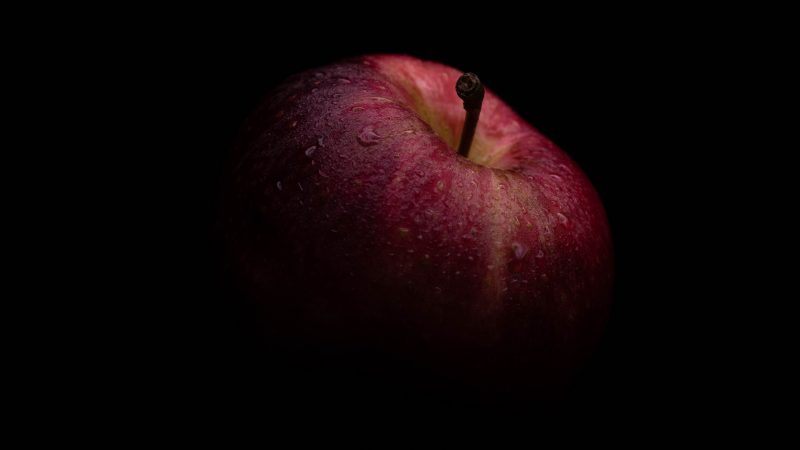
“Original sins” and racial justice: What’s on the other side?
Justine Toh explores what religious language like “original sin” adds to discussions of racial injustice.
-
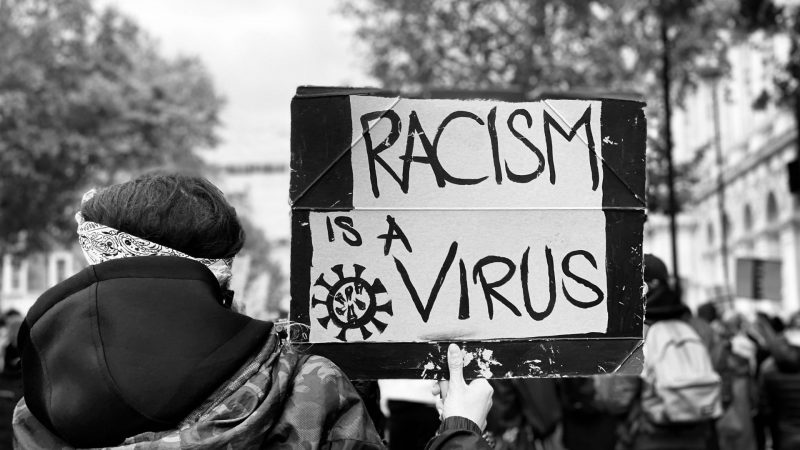
Racism and the human heart
Richard Shumack reflects on his experience of racism – and how racism is fundamentally a heart problem that only a miracle can solve.
-
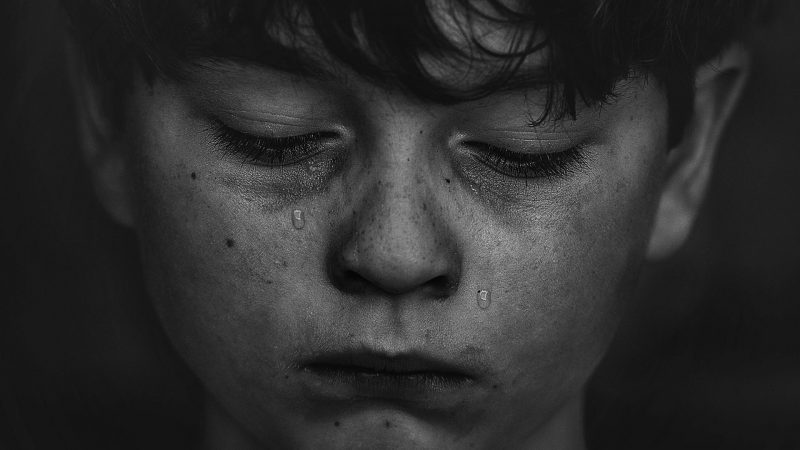
Just tears
Richard Shumack on the film ‘Just Mercy’, the human longing for justice, and the importance of “looking at the world through tears.”
-
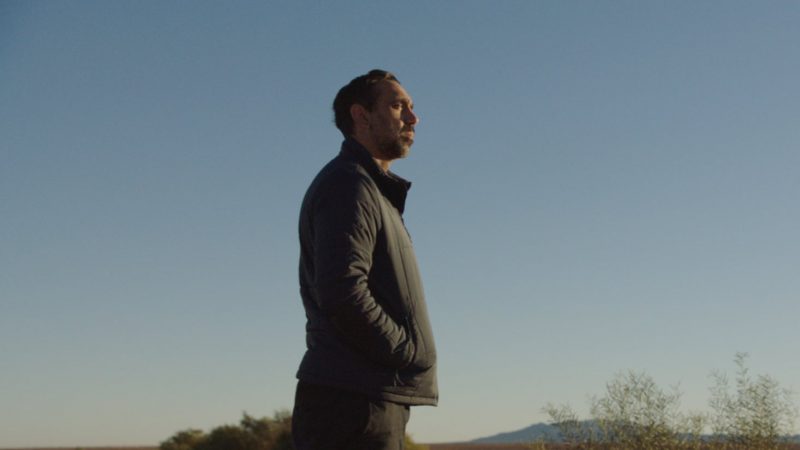
The Australian Dream
Mark Stephens writes on Stan Grant’s documentary about indigenous AFL player Adam Goodes, and our desire to be seen for who we are.
Engage
- Look at the following images and choose a word or emoji to describe your reaction to each one:
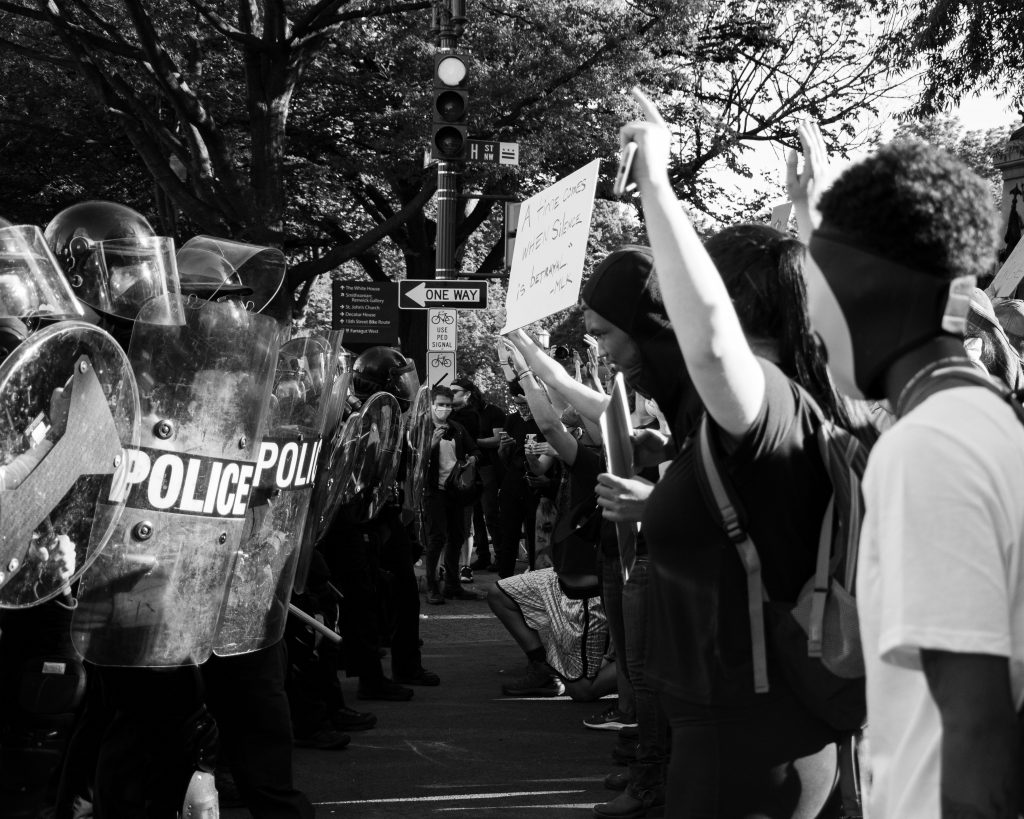
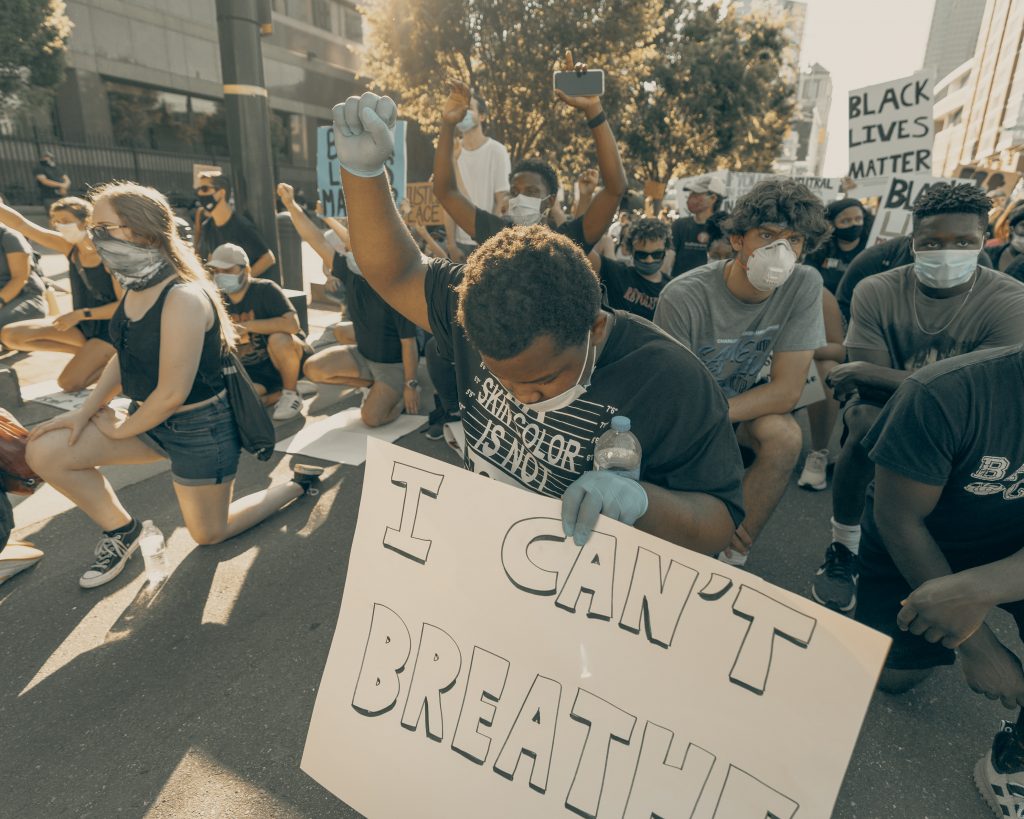
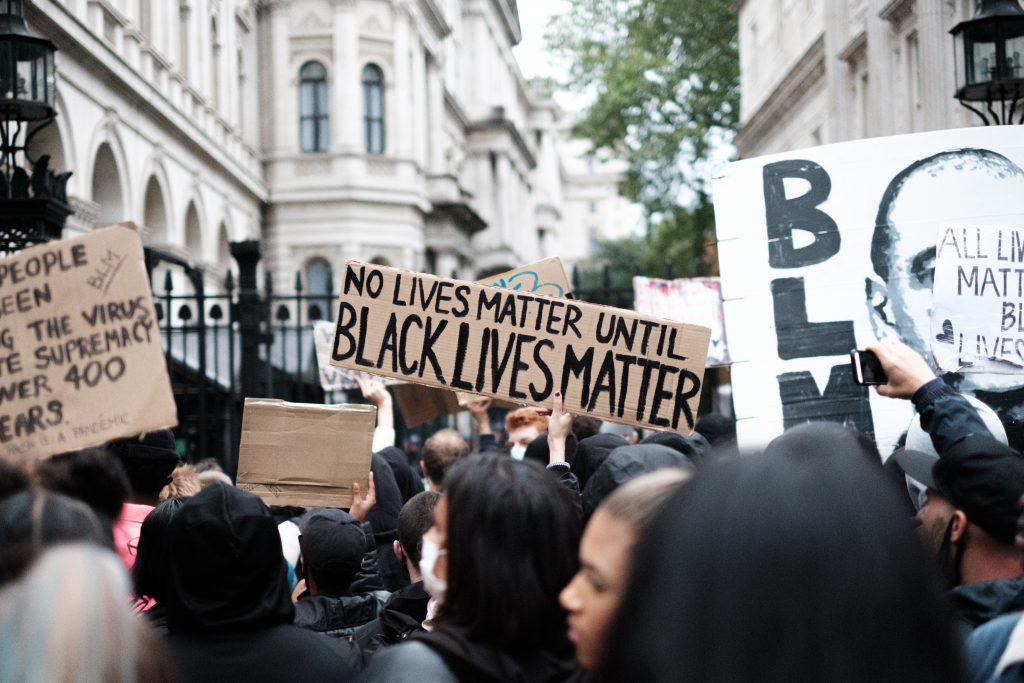
- This lesson will explore the contribution of Christianity to racial equality. Write down your first responses from the 3-2-1 Bridge Thinking Routine:
- 3 thoughts/ideas you have about this topic
- 2 questions you have
- 1 metaphor or analogy that you think explains the relationship between Christianity and racial equality
- Optional: Read this article from The New York Times by Esau McCaulley titled Why Christians must fight systemic racism and complete the following activities:
- Write an alternative headline and summary sentence that you think captures the main point of this article.
- What does the article reveal about the mixed response of the Christian church to racial injustice?
(Note: this article is from The New York Times, and a subscription may be needed to access the material.)
Understand & Evaluate
- To understand the mixed contribution of the Christian church to racial equality, it is helpful to get some historical background about how Christians responded to the issue of slavery. In pairs, complete either question a. or b. and then combine with a pair who chose the other question and share your answers.
- Watch the videos On where human rights come from and On the old slave preacher. What were some reasons why Christians opposed slavery? And what were some biblical teachings slaves in America themselves were particularly drawn to?
- Watch On the defence of American slavery; On justifying slavery; and On pro-slavery Christianity. How did Christians justify slavery? Do you think their reasons were consistent with their Christian faith?
- Read Justine Toh’s article “Original sins” and racial justice: What’s on the other side and watch Tim Costello’s video Injustice and reconciliation. Answer the following questions:
- What metaphors are referenced in these pieces to describe racial injustice and/or reconciliation?
- Do you think these metaphors are helpful? Why or why not?
- What is your reaction to this quote from Esau McCaulley that Justine Toh references in her article. To what extent do you agree with him?
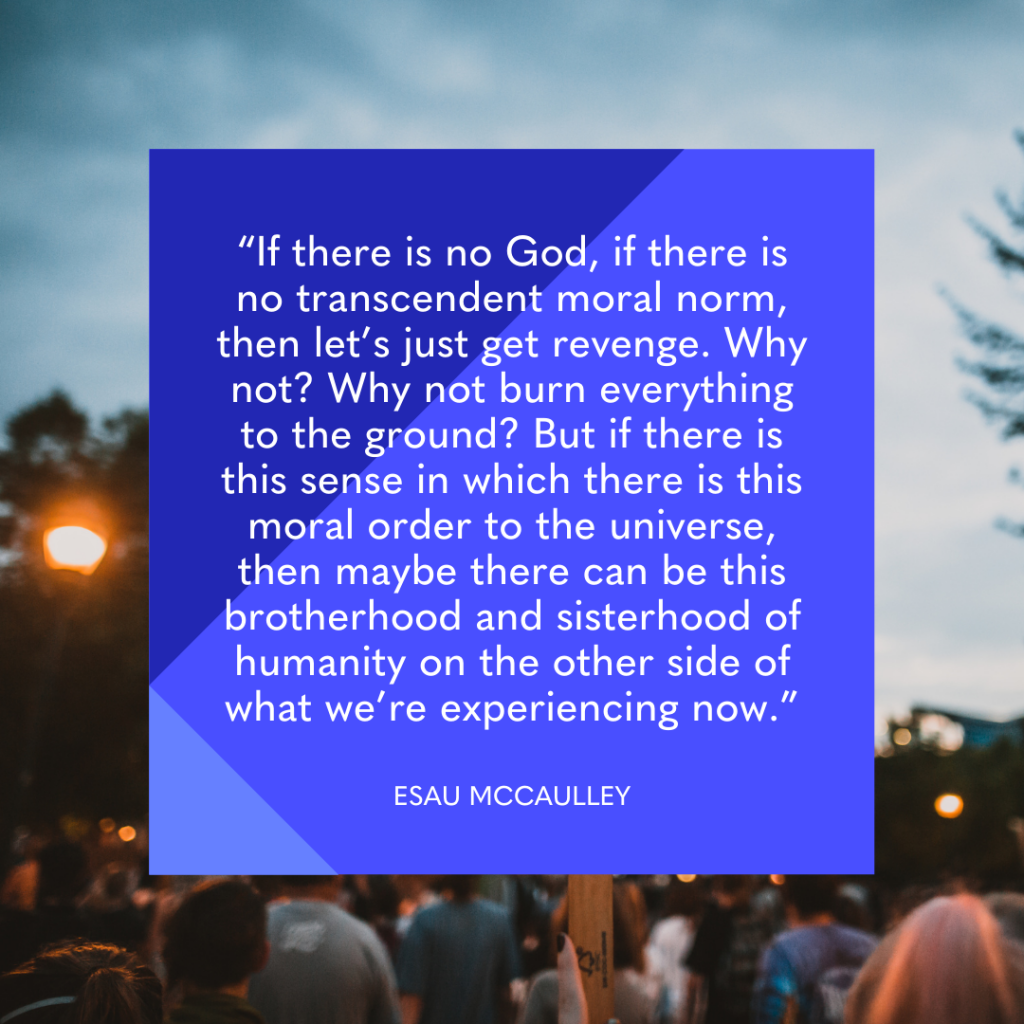
- Read the three short columns – Racism and the human heart; Just tears; and The Australian Dream – and complete The Four Cs Thinking Routine:
- What connections do you draw between the texts and your own life or your other learning?
- What ideas, positions, or assumptions do you want to challenge or argue with in the texts?
- What key concepts or ideas do you think are important and worth holding on to from the texts?
- What changes in attitudes, thinking, or action are suggested by the texts, either for you or others?
Bible Focus
- Read the following Bible passages, and draw an image that encapsulates the biblical teaching about racial equality:
- Romans 10:12-13
- Acts 17:24-26
- Acts 10:34-35
- Colossians 3:11
- Revelation 7:9
- Which of these verses do you think would be most helpful in understanding the Bible’s view of race and human unity?
Apply
- Watch the music video ‘God not guns’ by Urban Doxology. This song was inspired by the text of Psalm 10 and Amos 5:24.
- Write a one-paragraph review of the song for a music magazine.
- Write your own song or poem that incorporates some of the Bible passages and/or concepts we’ve looked at in this lesson.
- Create a placard that could be used in a march for racial equality that is based on an idea from this lesson.
- Return to the 3-2-1 Bridge Thinking Routine you began earlier. Now that you have explored the topic further, write down:
- 3 thoughts/ideas you have now
- 2 questions you have now
- 1 metaphor or analogy that you now think explains the relationship between Christianity and racial equality
Identify how your new response connects to or has shifted from your initial response.
Extend
- Watch this moving personal story – On not hating white people. Write a letter to the son of the man who murdered Raboteau’s father.


